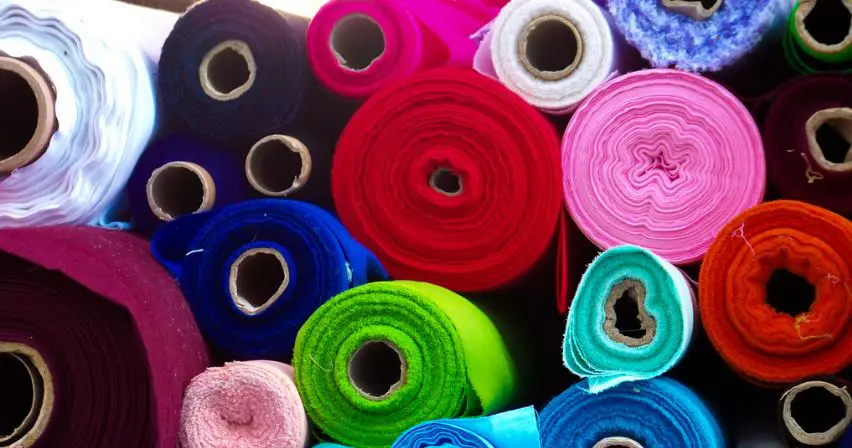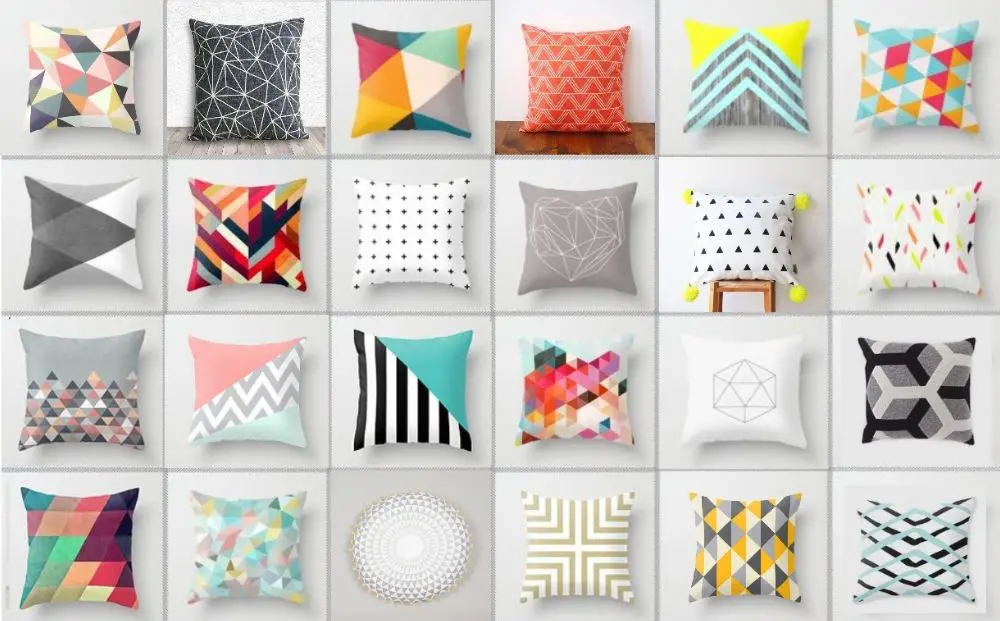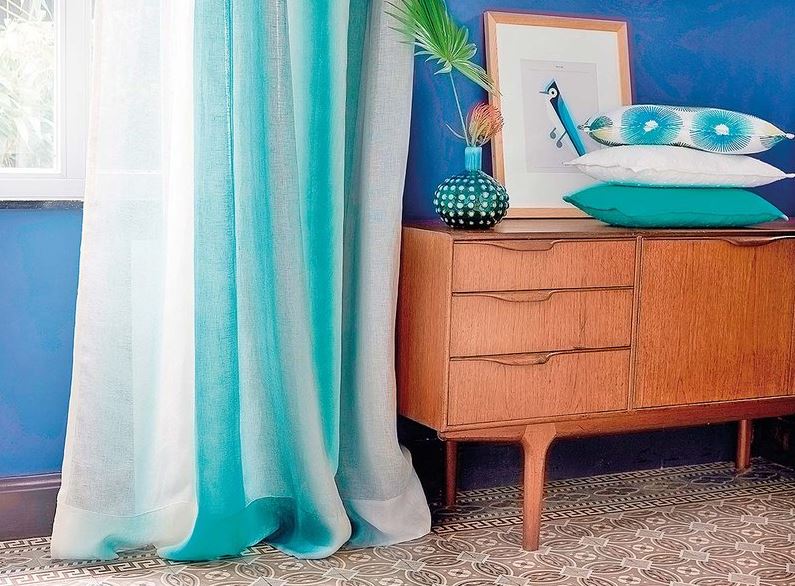
Striped fabrics, with geometric designs, bold, discreet prints, with warm, cold, dark colors ... etc. We have a whole range to dress the house with different fabrics for the home but first we must recognize all its characteristics to understand the world of home textiles.
Understanding the fabrics for decoration , the different types of tapestries or the world of curtains is a must to know how to decorate a house with fabrics and that the result is satisfactory.
Through the weaving industries, fabrics are manufactured through the union of fibers and threads in different media, finishes, colors, materials and processes in a traditional or industrial way. Distinguishing between them is a difficult choice when practicing decorating with fabrics when the different characteristics are not known, so we are going to review some key points of interest.
Before the fibers of artificial origin such as polyester or nylon that are widely used in the sector of fabrics for decoration , there were those of animal origin such as cotton or linen, which were the most used in the 20th century for the manufacture of fabrics.
Some materials have been used throughout history to make textile fabrics such as in the Crusade era that used byiso (very fine textured linen) or in China more than 6000 years ago and which used hemp for their manufacture.
Great inventors developed innovative ideas about textiles over the years using different technologies such as the Frenchman Joseph-Marie Jarcquard, invented a loom with perforated cards in 1801, Wasimoto Tajima who invented the first embroidery machine in Japan in 1962 or Andrés Murillo who used the fabrics as carpeting or upholstery in the home in 1996.
In the manufacture of ecological fabrics, organic fibers obtained from cultivation are used without synthetic fungicides, pesticides or inorganic fertilizers, so they fully respect the environment.
Among the genres that compose it, they have two types of fibers, such as natural ones with animal origin (llama, cashmere, silk), vegetable (Manila, hemp, cotton). And artificial with regenerated fibers (viscose), synthetic with chemical compounds (polyester) or minerals (asbestos).
Although we have a varied range in the classification of fabrics and types of fabrics , composition and cleaning. Among the different fabrics, a distinction is made between its composition or raw material that forms it. The types of fabric for decoration represent a great field in versatility, not only in material, but also in the technology with which they are manufactured.

Using a number of patterns and complementary colors in fabrics can create harmony between the different areas of a room and give continuity to the rooms in the home. We leave a few tips and ideas for decorating with fabric:
Geometric designs, stripes, patterns, and solid colors can work together to give a room style and appeal. Fabric manufacturers make it easy to coordinate by designing groups of drawings, different fabric prints, and complementary solid colors that can be used in any combination.
If you want to decide on the coordination, it is advisable to unroll the fabrics and compare them on both sides with natural light. Examine fabrics from various angles to judge design and color compatibility.
Fabric rolls usually come in batches with different dyes, be careful!… To avoid problems with slight color variations or differences in the printing of the pattern, you must compare the fabrics for a single roll creation.
Check the fabrics with drawings to make sure they are printed on the straight thread, this applies to all the ranges of decorative fabrics that we can use.
Consider where the fabric will be used and how it will blend with the other fabrics in the room. So you have to compare!
Most stores have cutouts or swatches of the fabrics they sell for decoration. Sometimes, they let you take it for a short period of time, this option will give the opportunity to see the fabric in contrast with the others and with the light of the house, which can be very different from that of the store.If it is not possible to purchase a complete fabric swatch, it is advisable to order a sample from the roll or purchase a small piece before investing in a larger fabric cut.
Now it's time to give some useful advice in choosing the colors on the fabrics , it is useful to avoid wasting time or spending money in a consistent way:

Last, and most importantly, consider personal preferences. It is a matter of applying these tips and your own tastes to choose the colors and designs of the fabrics that beautify the home and reflect your personal style.
As a note, from the article on color in architecture you will be able to see an App that will help you identify and save the color you like in an easy way with a simple photo.
Why Hand Block Printed Quilted Jackets Belong in Every Winter Wardrobe
October 31st, 2025Five Reasons to Choose Hand Block Printed Quilts This Winter
October 24th, 2025How to Create a Festive Table Setting with Hand Block Printed Linens
October 17th, 2025Transform Your Home This Diwali 2025 with Roopantaran’s Handmade Quilts
October 11th, 2025